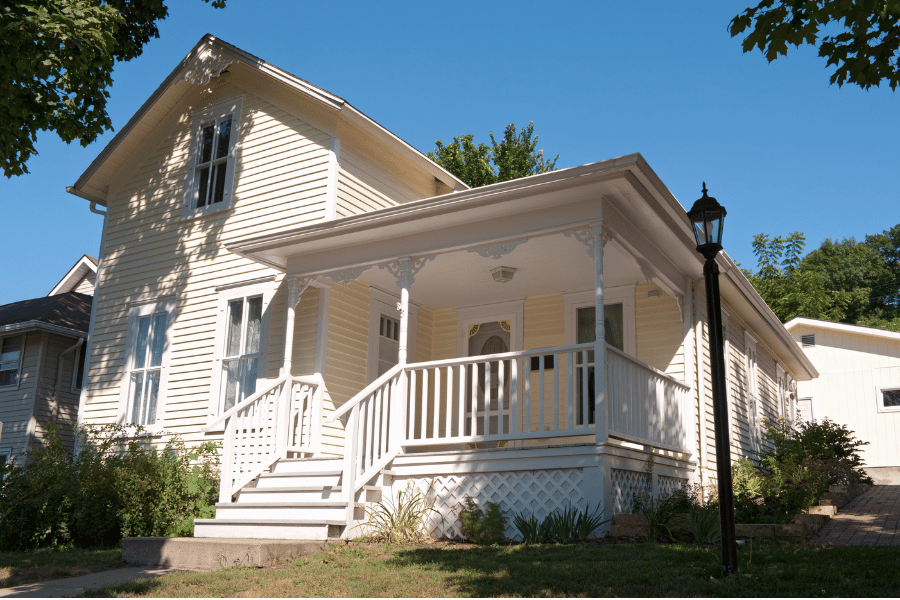When it comes to painting historical homes, the challenge lies in striking a balance between preserving the past and embracing modern advancements. As a homeowner of a historical property in Georgetown, Round Rock, Cedar Park, Leander, or Liberty Hill, Texas, you hold a piece of history in your hands.

Your home is not just a structure; it’s a story. And when that story needs a fresh coat of paint, it’s crucial to approach the task with care and respect.
Understanding the Significance of Your Historical Home
Before diving into painting, take a moment to appreciate the uniqueness of your historical home. These homes are not just living spaces but are tangible connections to our past. They reflect the architectural styles, materials, and colors of the era they were built in. Therefore, any painting project should begin with an understanding and respect for the home’s historical significance.
Choosing the Right Colors
Selecting the right color palette is perhaps the most critical step in painting a historical home. It’s essential to research or consult with a historical society to understand the colors that were popular during the time your home was built.
Many paint manufacturers offer historical color collections, making it easier to find shades that are both authentic and visually appealing. Remember, the goal is to enhance the historical character, not overshadow it.
Modern Paint with a Historical Touch
While maintaining historical accuracy is important, it doesn’t mean you have to use outdated materials. Modern paints offer benefits like longer-lasting finishes and better resistance to weathering and UV rays.
Look for paints specifically designed for historical properties – these products provide the durability of modern paint while maintaining the look and feel appropriate for historical homes.
Preparing the Surface: A Key to Longevity
Historical homes often come with their own set of challenges like lead paint or deteriorating wood. Before painting, it’s crucial to address these issues. Lead paint, common in homes built before 1978, requires careful handling and professional removal.
Similarly, repairing and preparing old wood surfaces ensures the paint adheres well and lasts longer. This step not only preserves the home’s integrity but also ensures the safety and health of its inhabitants.
Techniques Matter
The application technique can make a significant difference in the outcome. While spray painting might be faster, it’s not always suitable for historical homes.
Traditional brush and roller techniques offer better control, especially around intricate moldings and trims typical in historical architecture. This approach also ensures a more authentic look, in keeping with the home’s era.
Don’t Forget the Details
Details matter in historical homes. Features like shutters, trims, and decorative elements often have intricate designs. Choose contrasting colors to highlight these features, but ensure they complement the main color scheme. This attention to detail not only enhances the home’s character but also showcases its unique architectural elements.
Sustainability and Respect for the Environment
Lastly, consider the environmental impact of your painting project. Choose paints with low VOC (Volatile Organic Compounds) levels to minimize environmental and health risks. This approach aligns with modern environmental consciousness while respecting the historical significance of your home.
Conclusion
Painting a historical home is more than just a home improvement project; it’s a commitment to preserving a piece of history. By choosing the right colors, using modern yet appropriate materials, and paying attention to details, you can ensure that your home continues to tell its story beautifully.
Remember, you’re not just painting walls; you’re preserving a legacy. So, embrace the past with the tools of today, and let your historical home shine in its authentic glory.

Leave a Reply